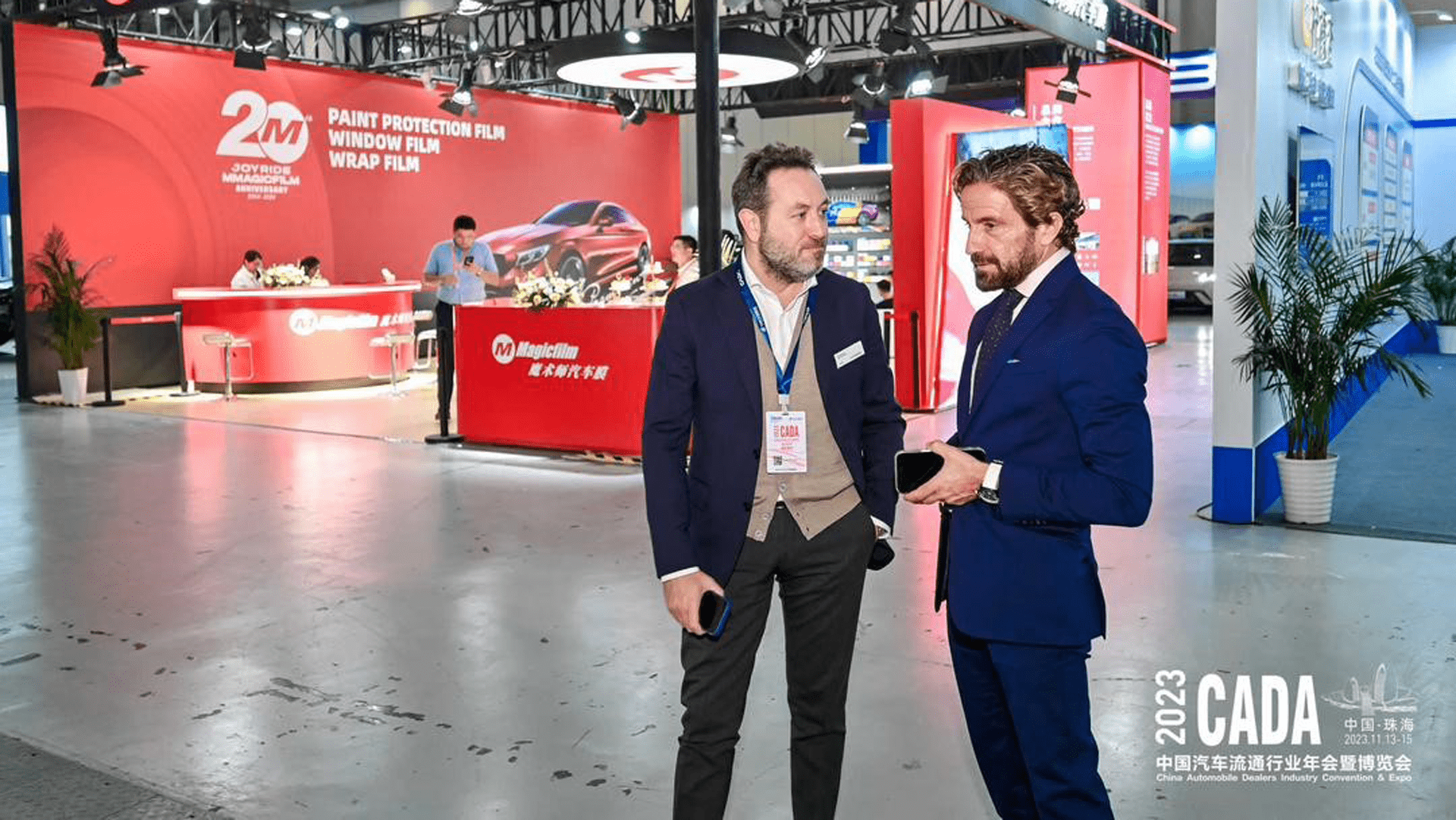In an increasingly interconnected world, Asia has established itself as an epicenter of growth and innovation, particularly in the automotive and technology sectors. Over the last thirty years, as recent reports and analyses have shown, globalization has led Asian companies to significantly expand their production and global influence.
Manufacturing and Technology Sector: The Engine of the Asian Economy
The manufacturing sector, especially in areas such as consumer electronics, industrial electronics, electric vehicles, and semiconductors, has proven to be one of the main strengths for Asia. This sector plays a crucial role in the economies of countries like China and Vietnam, contributing significantly to their gross domestic product.
Revolution in Internet Services
Another rapidly rising area is consumer internet services. With half of the world’s internet users residing in Asia, the region is leading innovation in the online services sector. Asian companies are establishing themselves in the global e-commerce landscape, representing a significant share both in market presence and in granted patents, a sign of a strong innovative spirit.
The Diversity of Asia: A Mosaic of Economies
The Asian region presents significant diversity, characterized by different “Asias” that vary in terms of economic development and integration into the global context. These range from advanced economies, with high GDPs per capita, such as Australia, New Zealand, Japan, South Korea, and Singapore, to China, a global economic powerhouse, and the Emerging Asia of Southeast Asia, India, and frontier economies with great growth potential.
Despite political and territorial diversity, Asia demonstrates a high degree of economic integration. A significant part of Asian trade occurs within the region itself, a factor that underscores the economic interdependence of Asian countries and their ability to collaborate despite differences, showing a unique ability to adapt and innovate, driving significant changes in the automotive and technology sectors.
This dynamic region continues to shape the global economy, demonstrating that its influence and impact are set to grow in the coming years.
Insights from the China Automobile Dealers Association Annual Conference and Expo 2023
At the recent China Automobile Dealers Association Annual Conference and Expo 2023, we had the unique opportunity to immerse ourselves in the dynamics of the Chinese automotive market, a complex and rapidly evolving scenario. During the event, it became clear that adaptability and innovation are the keys to excelling in this market.
An International Stage of Experts
The event featured the participation of renowned industry experts, including our own Tommaso Bortolomiol and Fabio Barbisan, members of the Quintegia Board, along with notable figures such as Chong Jooi Sng (Executive Director at LSH Group), Geoffrey Pohanka (NADA Chairman 2023), Bernard Lycke (CECRA General Director), and James Voortman (AADA CEO). The discussions at the International Roundtable offered significant insights into the current state and future prospects of the sector.

Growth and Challenges of the Chinese Market
The Chinese automotive market is experiencing significant expansion, with numerous car brands preparing to enter markets such as Europe, Russia, and Australia. Notably, the growth of electric vehicles (NEVs) has seen a 37% increase in the first nine months of the year compared to the previous year.
However, Chinese dealers face challenges, including a decline in profitability and adaptation to changes such as electrification and the evolution of the distribution model. These topics were the subject of an appreciated intervention by Fabio Barbisan during the International Roundtable.
Evolution of Consumption Trends
Conversations with industry operators revealed a continuously evolving market. For example, the traditionally leading luxury car segment is showing a contraction in consumption in China. Consumers seem more oriented towards short-term expenses, such as food and travel, in the post-pandemic phase.
Despite this, the market remains attractive due to its size and the considerable spending capacity of Generation Z. Competition, especially regarding vehicle prices, seems to be the new normal in China, with aggressive commercial tactics adopted by companies like Tesla, which are also influencing local manufacturers.
Conclusions and Future Steps
These insights, gathered by Quintegia in recent missions in Italy, Europe, and around the world, highlight a sector in deep transformation and are essential for guiding international operators in their business strategies and adaptation to these rapid market changes.
The event in China once again demonstrated the importance of keeping up with the evolutions of the sector, emphasizing the importance of innovation and flexibility in a globalized and rapidly evolving market.








